
Does your morning coffee need a boost that doesn't taste like mushrooms and curry? Once again, we've built it better - but this time, right into the grinds.
Over the past few decades, it's been impossible not to notice the growing surge of coffee drinking in the West. Coffee beans are practically a currency in some parts of the world, with a global market worth nearly half a trillion dollars![1,2] Roughly 75% of American adults drink coffee, and about half report daily use.[3]
This explosive growth has led to various specialty coffees, which range from unique flavors to health-enhanced formulas. Coffee and natural caffeine consumption can provide numerous benefits, including energy, athletic performance/recovery, insulin sensitivity, and cognition.[4-7] We've even seen lower mortality in studies monitoring coffee-drinkers![8,9]
Coffee is a health platform. Let's make it even healthier.
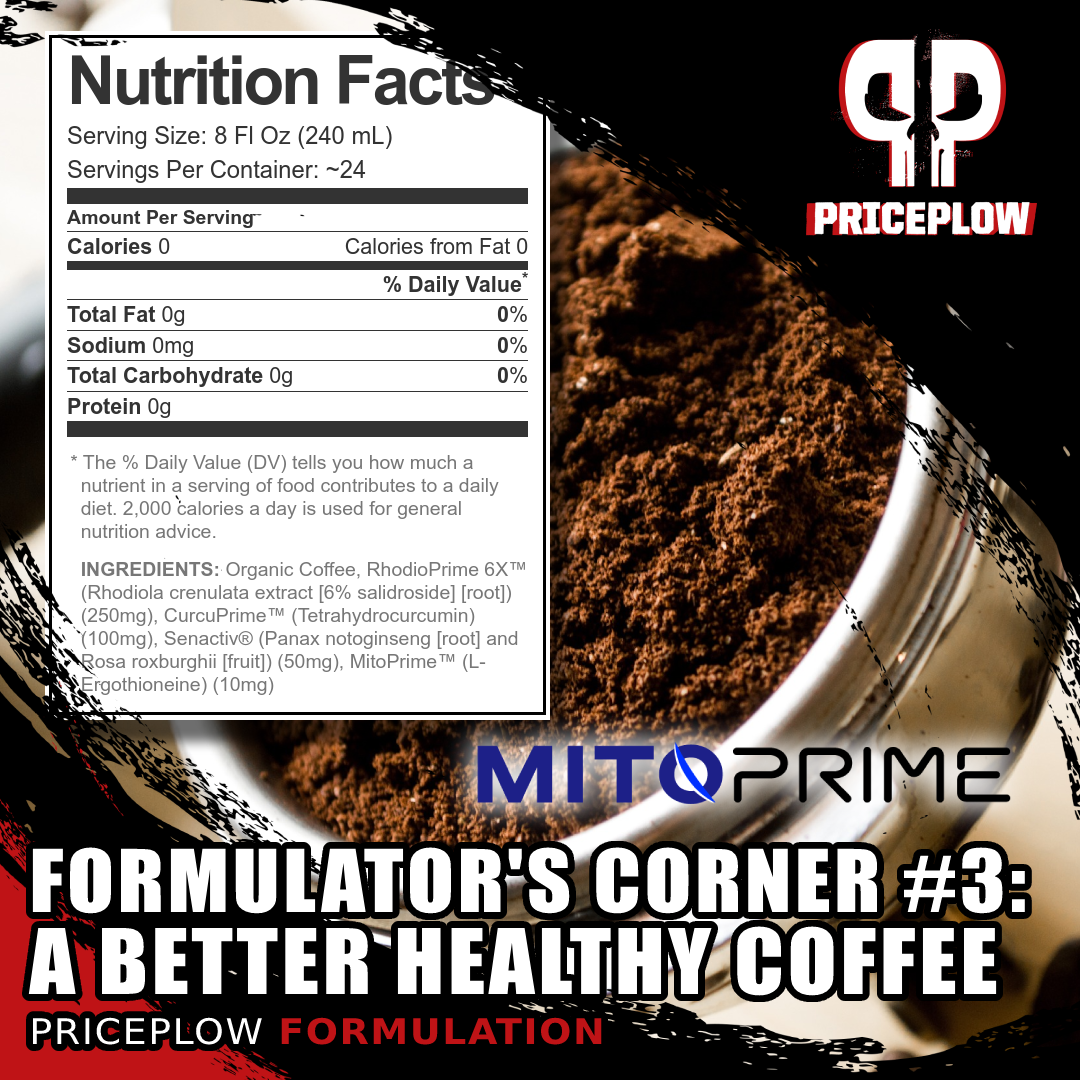
Using coffee as a foundational health platform, we can consider some new cutting-edge ingredients to make it even better. One such ingredient is MitoPrime (L-Ergothioneine) from NNB Nutrition. Wait until you learn about this fascinating ingredient.
In the dietary supplement industry, this presents an opportunity -- not just for increased business, but for improvements to our favorite drink as well. We consider coffee to be a base platform for innovation. Nature has provided us with an incredible and delicious delivery system, and now we can use other natural components to enhance it further with the help of modern technology.
Much of this may sound familiar, because we recently created a Nootropic Coffee Creamer powered by NNB Nutrition's novel ingredients. But this led many to ask, "Why not enhance the coffee itself?"
So today, we look at the competitive landscape of health-enhanced coffees, and put together a few ideas of our own. This also gives us an opportunity to introduce one of the most fascinating new ingredients we've ever explored: MitoPrime (L-Ergothioneine). Consider this to be an immunity-boosting antioxidant that actually works as antioxidants had originally been advertised - with research to back it up against its competition.
There's a great deal of information coming for MitoPrime and L-Ergothioneine, and today we get to present you some of the basics while building a unique new drip coffee. We'll even kick around some ideas for an instant, freeze-dried coffee. First, sign up for alerts on these ingredients, and then we'll get into it:
Subscribe to PricePlow's Newsletter and Alerts on These Topics
Researching the health-enhanced coffee landscape
This article is meant for those who are tinkering with their own formulations, so we should first look at what's already out there. If you wish to skip this section, click here to go directly to our formula. Here's what's out there in 2021:
-
Health-Enhanced Coffee Grinds
These grinds can either come in a bag or in Pods (modeled off of K-Cups):
-
Four Sigmatic
When you see the sales numbers of some of these "functional coffees", you'll understand why supplement brands are getting into this space. And guess what -- we can do it better.
Four Sigmatic contains versions of coffee with ashwagandha and Lion's mane. These are both great ideas, but we're going to consider Rhodiola rather than ashwagandha in our supplement (just as we did with our coffee creamer).
Given the thousands of Amazon reviews of their products, you can rest assured that this is a very large and growing market.
-
Laird Hamilton Superfood Coffee
Laird's coffee includes "functional mushrooms", a blend of cordyceps, chaga, and lion's mane. While there are certainly benefits to these mushrooms, they aren't so great in the flavor department. We believe that L-ergothioneine is one of the key driving forces behind mushrooms anyway, so rather than use unpalatable mushrooms, we'll work with the ergothioneine directly.
-
Super Organics Cardio Support Coffee and VitaCup Genius Coffee
Super Organics and VitaCup are two brands that sell K-Cup pods, both having several varieties including some using added cacao, cinnamon, and turmeric as well as a ginger and maca flavor, and others that are teas.
The turmeric idea is good, but we're going to have to work around its taste - and have an ingredient for that.
There are several copycats, most of which are mushroom-based coffees, so the response is the same: we'd prefer not to drink mushrooms.
-
-
Health-Enhanced Instant Coffee
With instant coffee, you can add active ingredients to dehydrated coffee crystals, which will give you a 100% yield into your final drink. However, the flavor is simply never as good as freshly brewed coffee.
-
Myprotein The Coffee Boost
THE Coffee Boost goes for more energy, and while we love it, there are other health-based angles that can be taken as well!
We've enjoyed Myprotein's instant coffee, which has 150 milligrams of caffeine per serving with some added neurostimulatory methylliberine. While this is good for energy, we're looking for health-promoting effects.
-
Four Sigmatic Mushroom Instant Coffee
Four Sigma created instant coffees with various mushroom blends. Worth noting is that this product has nearly 9,000 reviews at the time of writing, meaning there is some serious volume here. And we believe we can make a better one.
-
Various "Keto Coffee" Products
There are numerous "keto coffee" drinks that add MCT powder (we prefer C8Vantage) to instant coffee, add some flavoring, and call it a day. This is an overcrowded market.
If needed, our Formulator's Corner Coffee Creamer formula could be added to coffee and be called "keto" if so desired.
-
PricePlow's NNB-Driven Functional Coffee
Our coffee formula revolves around four novel ingredients, the first three of which come from NNB Nutrition:
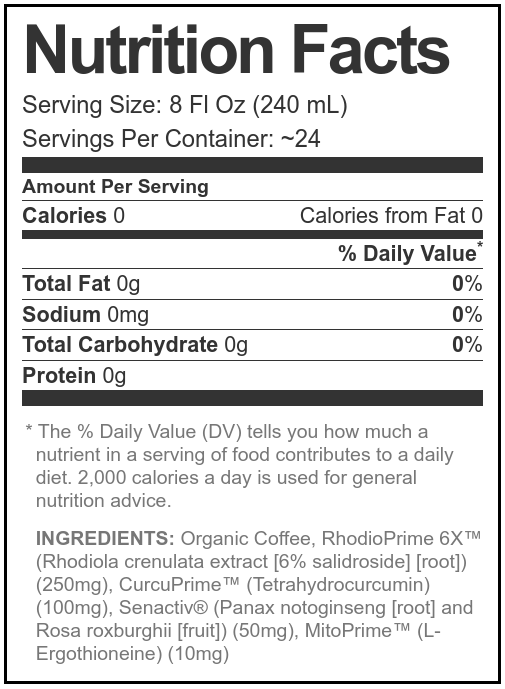
Now this is how we'd formulate a functional / healthy coffee label - build some novel ingredients that don't taste like mushrooms right into the grinds!
- MitoPrime (L-Ergothionine - the "Intelligent Antioxidant")
- RhodioPrime 6X (high-salidroside Rhodiola extract - Mood, Energy, and Focus Support)
- CurcuPrime (Tetrahydrocurcumin - Anti-Inflammatory and Cognition)
- Senactiv (Panax notoginseng and Rosa roxburghii - Senolytic Cell Regeneration)
These formulas can target either coffee grinds or instant. While we personally prefer grinds in our households, your brand's demographic may differ. Discussed above, there are products with multiple thousands of reviews in both categories. The end goal is to get efficacious doses into the coffee, however it must be achieved.
-
MitoPrime: L-Ergothioneine - 10mg
How do we make a coffee that competes with these "mushroom coffees" but won't taste like mushrooms? Go straight to the source and provide what we believe to be the most beneficial compound of the entire mushroom kingdom: L-ergothioneine!
Sold as MitoPrime by NNB Nutrition, L-ergothioneine is an "amino acid antioxidant" that we believe is truly the antioxidant our industry has been searching for. It's found primarily in organ meats and certain mushroom species,[10-13] two foods we no longer get enough of -- and that's the exact reason we want to directly supplement it.
Considered a "longevity vitamin" by many
In fact, after seeing such promising results, ergothioneine is actually considered a "candidate vitamin" to many researchers,[14-16] who believe it should have official status as a vitamin, since it's so effective yet cannot be made by the body. The prominent Dr. Ames even calls it a "longevity vitamin".[17,18]
Reason being, ergothioneine increases cell viability - by as much as 45% - and prevents DNA and mitochondrial DNA damage.[19] Both of these benefits are critical to longevity, as we generally see those with healthier DNA live longer.
An antioxidant that works!
Ergothioneine serves several roles in the system, and we're already wired for it! But are you getting any in your diet?[20]
Cutting right to the chase, research has demonstrated that ergothioneine outperforms the three most popular antioxidants -- glutathione, vitamin C, and coenzyme Q10 -- and is anywhere from 3-30x more effective when it comes to scavenging free radicals![13,21,22]
For this reason, we believe that this ingredient solves "the antioxidant paradox", which is the realization that antioxidant trials have ultimately failed to produce actual results in terms of human diseases associated with oxidative stress.[23-26] Some antioxidants like vitamin C can actually become pro-oxidants at the wrong doses,[27,28] so the time is right for the industry to look elsewhere.
A next-generation immune system support ingredient
Studies have shown that ergothioneine can augment immune system response in macrophages that maintain immune homeostasis, speeding up immune response time.[29]
Due to a range of in vitro and in vivo models where ergothioneine has shown the ability to decrease inflammation, protect against acute respiratory distress syndrome, mitigate damage to the lungs, and far more, the ingredient is suggested as a powerful weapon for fighting novel respiratory diseases and cold viruses.[30]
We can't produce it, but we have specific transporters for it!
We have a transporter meant for ergothioneine, and it accumulates in our bodies for use when needed! Tissue Expression of the Ergothioneine Transporter, per two different studies.[31,32]
Diving deeper into L-ergothioneine's research, the information gets even more interesting, with a massive historical evolutionary twist. Mammals (including humans and other vertebrates) cannot synthesize the compound,[33-36] yet we have a unique and specific transporter in our bodies named OCTN1 (formerly ETT) just for this molecule![19,20,31]
The importance of the above paragraph cannot be understated. If this were to be an actual vitamin, we'd consider it an essential one, since we can't produce it yet can transport and store it with ease.[19,20] And it's mostly found in foods we rarely eat in Western society.
An evolutionary molecule
Going further back, it gets even wilder. Researchers now believe that ergothioneine predates the oxygenation of Earth's atmosphere,[15,37-39] providing evidence that it may have even helped organisms survive the planet's "Great Oxygenation Event" 2.4 billion years ago![40]
While oxygen gives us life, it can also be quite damaging when out of control - oxidative stress and free radical chains are very real threats to our health,[41,42] linked to a plethora of chronic diseases.
Ergothioneine combats numerous types of oxidative stress, including hydrogen peroxide[19,43,44] and singlet oxygen.[22] It also protects against chlorine- and bromine-induced damage,[13,45] various forms of inflammatory stress,[13,46-48] and even nitrogen-based stress.[49,50] With these benefits, we see more genomic stability and can help protect ourselves from devastating damage to our DNA.
Interestingly, it can be synthesized both with and without oxygen.[15,37]
With all of this known, we posit that this lone molecule was a necessary component to our evolution, and life as we know it was built around it. It works wonders but we can't synthesize it, yet our bodies are ready to transport and store it.
NNB Nutrition's MitoPrime
Found in mushrooms and organ meats, ergothioneine is the oldest -- and most overlooked -- antioxidant on the market.
This all makes for the perfect dietary supplement ingredient for general health, and we expect MitoPrime to be the "next big thing" for protective health. It's a difficult ingredient to manufacture, but NNB Nutrition has figured it out, and is funding new research on it as well. For instance, new data from NNB shows that ergothioneine also has protective antioxidant properties in human red blood cells, indicating both bioavailability and bio-accumulation.[51]
In terms of dosage, the suggestions are to use 5-10 milligrams 2-3 times per day, for a dosage range of 10-30mg/day.
Naturally fermented and sourced L-ergothioneine received generally recognized as safe (GRAS) designation from the FDA in 2018.[52,53] These reports suggests that healthy eaters get roughly 17 milligrams of ergothioneine daily, leading to our supplemental dosing suggestion above. In addition, NNB Nutrition has used its new research and safety data to achieve self-affirmed GRAS status for MitoPrime as well.[54]
Our coffee would shoot for 10 milligrams per strong cup (paired with ~125 - 150 milligrams caffeine) to get the day started right.
Don't sleep on this ingredient. We have far more coming, and you can subscribe to PricePlow's alerts on MitoPrime above or below to learn more when our major article is published.
-
RhodioPrime 6X (6% Salidroside Rhodiola Extract) - 250mg
With strong research but weak market extracts, NNB Nutrition solved the problem - with the salidroside-rich RhodioPrime 6X -- 6% salidroside!
Many health advocates are becoming more aware of Rhodiola, an adaptogenic herb that has long been used for its mood-enhancing and vitality-boosting effects -- notably by the Scandinavian Vikings![55,56]
Rosavin and salidroside are the two most bioactive compounds,[57] with research beginning to show that salidroside is the stronger, more experiential driving force.[58]
Rhodiola and salidroside's mechanisms
With high-salidroside extracts, we see several unique effects:
Rhodiola: The Adaptogen Powered by Salidroside. In this article, we dive deep into rhodiola, and take a different approach to the adaptogenic herb!
- Increased long-term potentiation (LTP) in the hippocampus.[58] LTP is a primary mechanism with respect to learning and memory formation.
- Regulation of mTOR pathway to promote healthy cell proliferation, attenuating damaging cell growth.[59,60]
- Promotion of the oxygenation of blood in the body and brain through HIF-1 (hypoxia inducible factor-1) expression regulation.[61,62]
- Improves the release and uptake of neurotransmitters such as dopamine, serotonin, epinephrine, and norepinephrine.[63-66]
- Functions as a MAO inhibitor,[66] boosting neurotransmitter reuptake.
- Boosts neuropeptide Y activity, which is a signaling agent in the brain related to appetite and satiation.[67,68]
With these effects, we've seen incredible benefits with Rhodiola consumption, including the following:
Benefits of Rhodiola
- Reduced mental fatigue and improved cognition, clarity, and general wellbeing.[70]
- Reduced mental and physical fatigue compared to placebo.[71]
- Stress relief and dramatically improved mood.[69,72-74]
Whether you're an athlete or simply looking for a bit of a personal pick-me-up, few ingredients feel better than Rhodiola -- especially high-salidroside Rhodiola.
It turns out that Rhodiola crenulata has the greatest salidroside content,[55,75] and that's what NNB Nutrition decided to use in order to create RhodioPrime 6X, their high-salidroside Rhodiola extract. With RhodioPrime 6X, we get at least 6% salidroside, a huge delivery of the energy-, cognition-, and mood-boosting constituent Rhodiola consumers have come to love.
There's far more, so if you want to learn more, read our massive article titled Rhodiola: The Salidroside-Powered Adaptogen of the Vikings.
In terms of our coffee, we stick with a standard 250 milligram dosage of RhodioPrime 6X, but if brands were to create a stack with the Nootropic Coffee Creamer, each one could be adjusted.
-
CurcuPrime (Tetrahydrocurcumin) - 100mg
Above, we use MitoPrime to get a serious mushroom-based benefit without the taste of mushrooms. Here, we'll do the same, to get some benefits of curcumin but without the curry-like taste!
Many know that curcumin is the primary bioactive constituent of turmeric, yielding several metabolic health benefits along with improvements to joint inflammation and organ health.[76]
The issue (besides its taste), is that curcumin in its raw form has awful bioavailability![76] This requires massive doses that we can't reasonably fit into coffee, or spicy ingredients like black pepper to boost absorption. Neither of these work for a functional coffee that's actually functional!
Using NNB Nutrition's CurcuPrime (tetrahydrocurcumin), we aim to solve these problems. Tetrahydrocurcumin (4-HC) is a metabolite of turmeric, and is far more efficient in terms of ingestion. It's also far lower in taste, and is off-white as opposed to orange, so it won't stain your manufacturer's equipment.
Research has shown that tetrahydrocurcumin is much more bioavailable than curcumin, and also has stronger antioxidant value.[77] It's capable of fighting free radicals,[78] but can also help regulate blood sugar levels[79] while also improving some blood lipid levels![80]
Even better, there are cognitive benefits that differ from curcumin:
Acetylcholine protection!
An enzyme named acetylcholinesterase (AChE) deactivates acetylcholine, which we call the "learning neurotransmitter". In the supplement space, we're often looking for ways to boost acetylcholine levels and to keep them around longer. A 2014 study showed that tetrahydrocurcumin is able to inhibit AChE almost 2x better than curcumin.[77] This is an angle that competing nootropic and functional coffees are missing.
Further, there is some research showing that tetrahydrocurcumin may modulate dopamine levels,[81] combining with RhodioPrime 6X above to add to the feel-good effect of our coffee.
Most take regular curcumin to fight inflammation, and both are equally effective in reducing the interleukins related to inflammation.[82] There are certain targets where tetrahydrocurcumin is better, and others where curcumin is better. In a pill-based supplement, we'd honestly love to use both of them to get the best of both worlds. But in terms of something to drink, there's only one choice for us, and that's the more bioavailable, whiter, and curry-less flavor of tetrahydrocurcumin.
To make it happen, NNB Nutrition has a highly-effective, 100% pure and unadulterated form named CurcuPrime. This brings us the potency we seek without the taste or color that we don't seek.
In terms of dosage for our coffee, we're shooting for 100 milligrams, which will be a nice boost. For more anti-inflammatory properties, capsules would likely need to be added.
We have far more research in our article titled Tetrahydrocurcumin: A More Potent Alternative to Curcumin?
-
Senactiv (Panax Notoginseng and Rosa Roxburghii) Root Extracts - 50mg
Another unique addition that's never been in a coffee before is Senactiv from NuLiv Science. This patented Panax notoginseng and Rosa roxburghii root extracts blend is what's known as a senolytic, promoting the removal of damaged cells so that the body can replenish them with healthy ones.
Out with the old, in with the new. Regenerate senescent cells and improve performance with NuLiv Science's Senactiv
Senactiv can help with energy, repair, and recovery through the following mechanisms:[83,84]
- Increased production of citrate synthase, an enzyme involved in ATP synthesis
- A reduction in exercise-driven inflammation markers, which can lead to improved recovery and less soreness
- Senolytic action, as described above[83,84]
Anecdotally, we generally feel better when taking supplements that contain Senactiv, and have grown to enjoy many of their ginseng extracts.
A unique, feel-good coffee experience
There's no doubt, this is a growing segment (functional coffees) of a growing industry (coffee and energy), fueled by another growing industry (dietary supplements). Whether it's an instant coffee or enhanced coffee grounds, there's room to maneuver in this sector, and a rising tide lifts all ships.
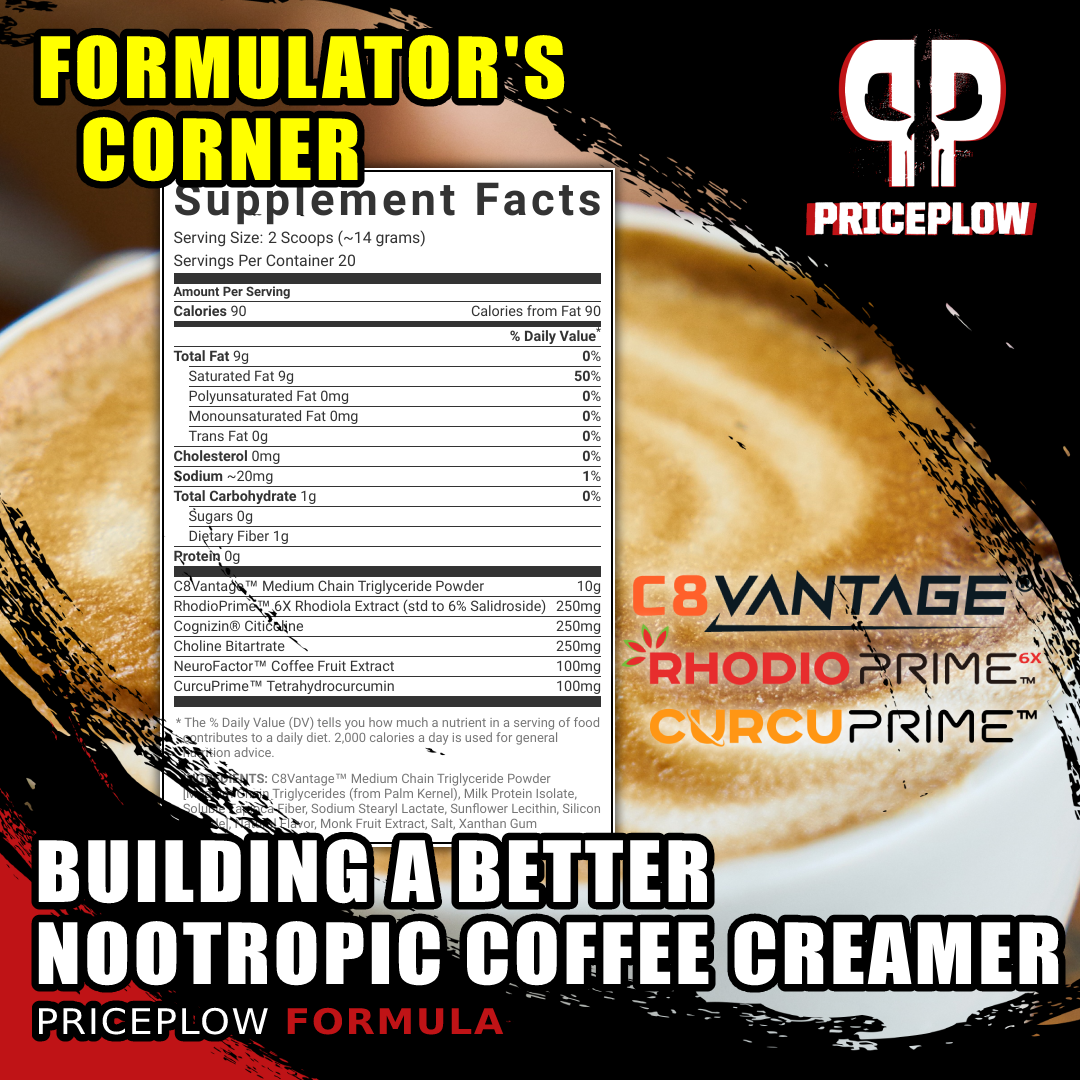
Enjoy this article? Then see our first Formulator's Corner, where we build a better MCT Creamer using ingredients the rest of the market is missing - chiefly, C8Vantage MCT Powder!
This is a coffee that we want to drink - with or without our Formulator's Corner Creamer. We are absolutely confident that it would not only feel better, but taste better and perform better than the other comparable functional coffees we've seen.
Further, the use of MitoPrime L-ergothioneine cannot be underestimated. It is potentially an industry-changing ingredient, and after looking at the research, we believe that it is very rightfully a vitamin candidate to be explored by the greater scientific community. It alone makes this coffee superior, and that's not hyperbole.
With an NNB-driven functional coffee like the one above, you'll come for the RhodioPrime and CurcuPrime, but stay for the MitoPrime. Because unless you're eating the right mushrooms and organ meats, it's something your body simply isn't getting anymore, and that's a perfect reason to supplement it. What better way to do that than with your morning cup of coffee?
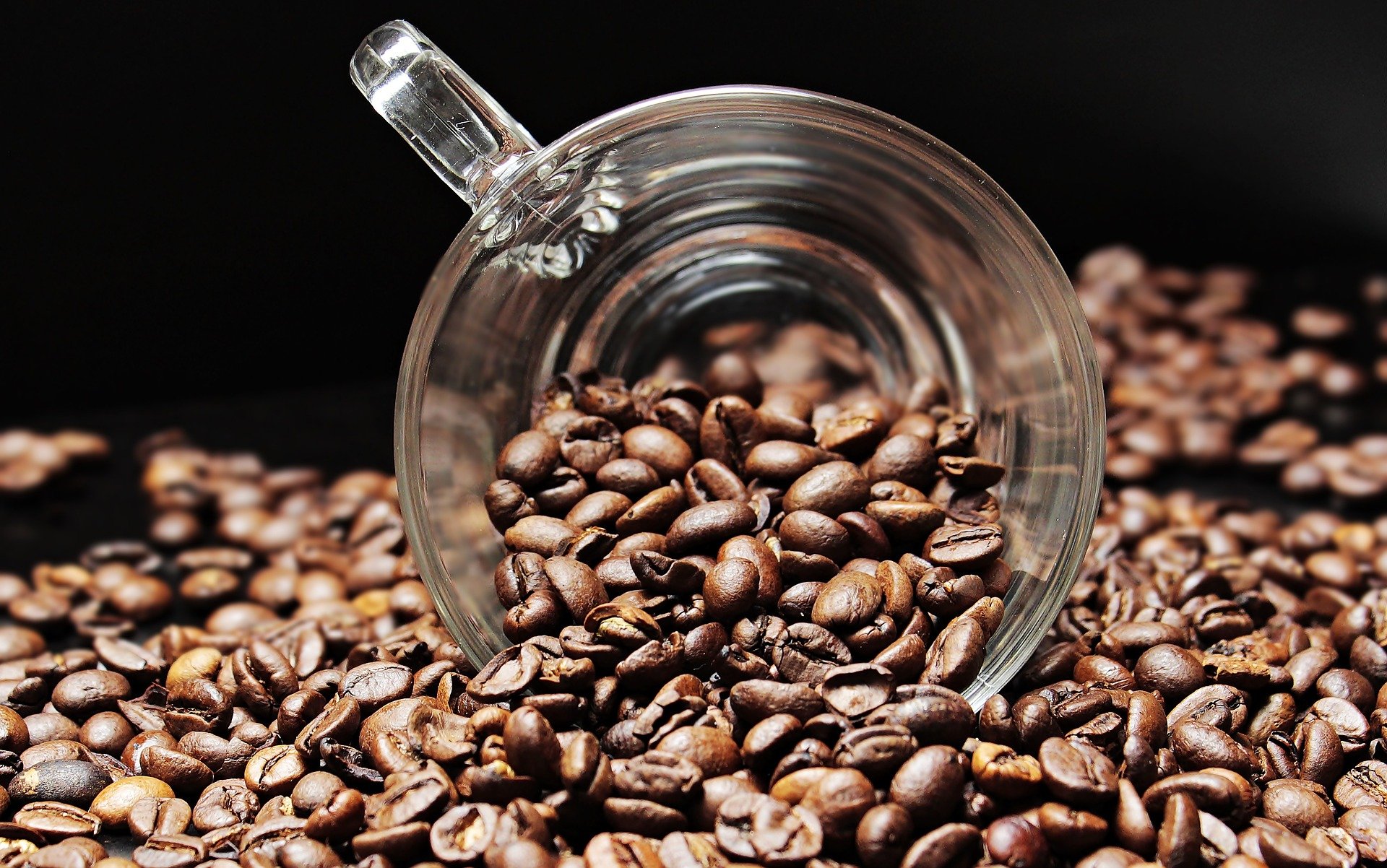

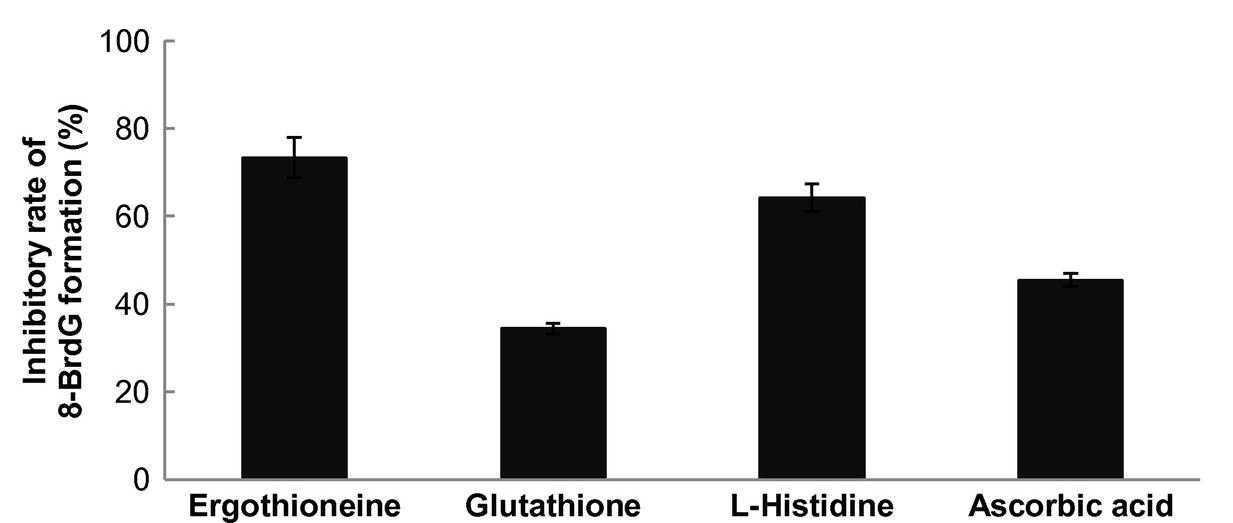
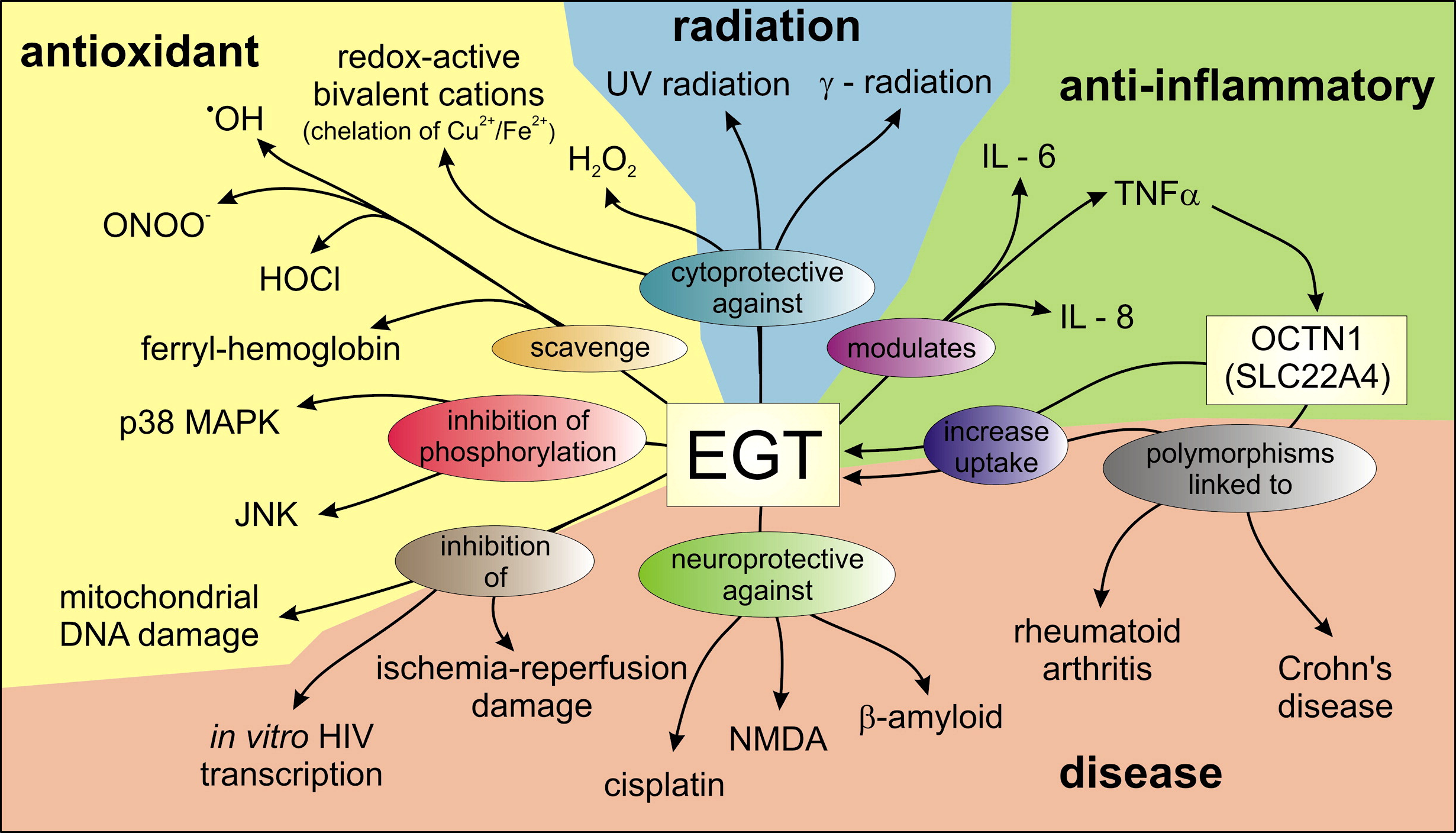
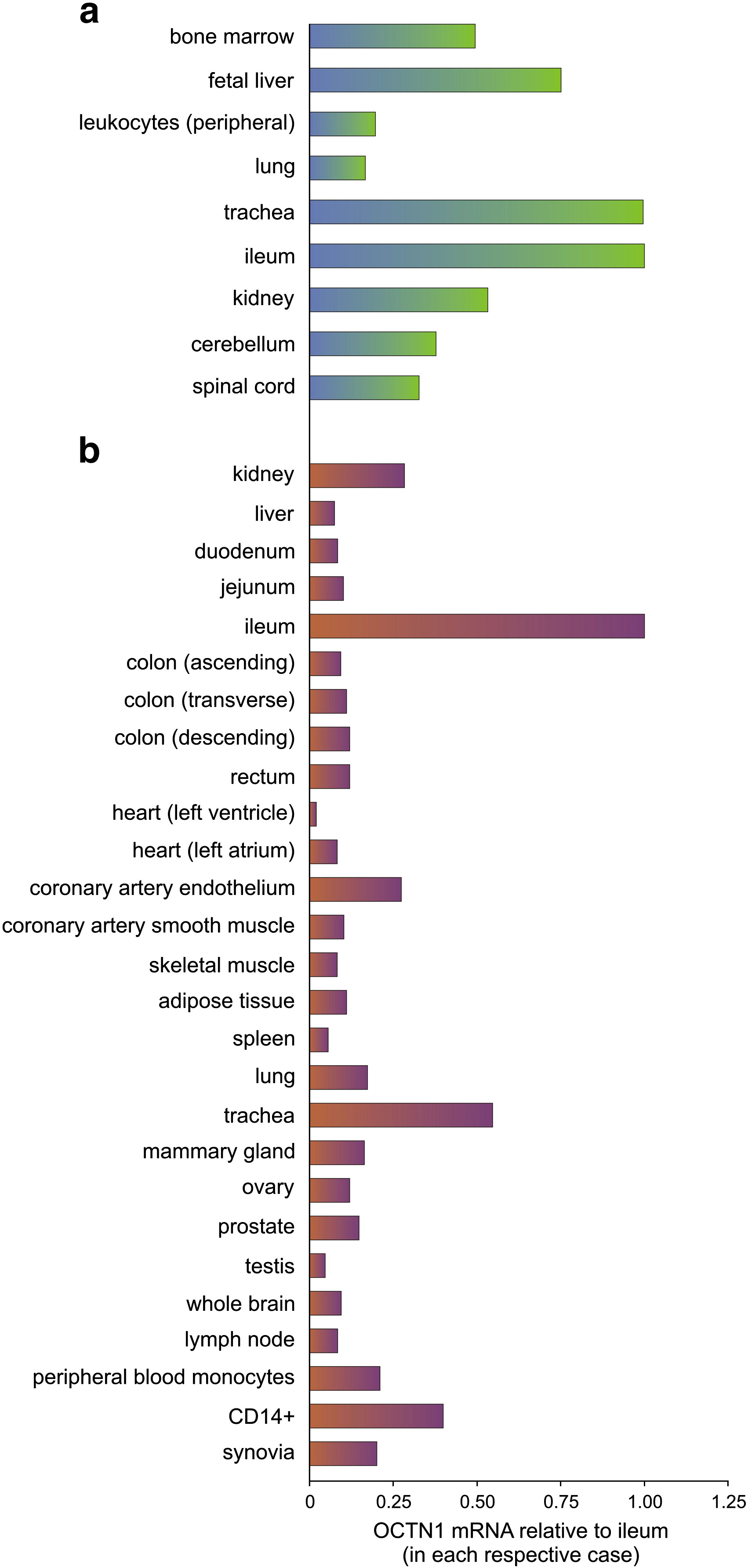
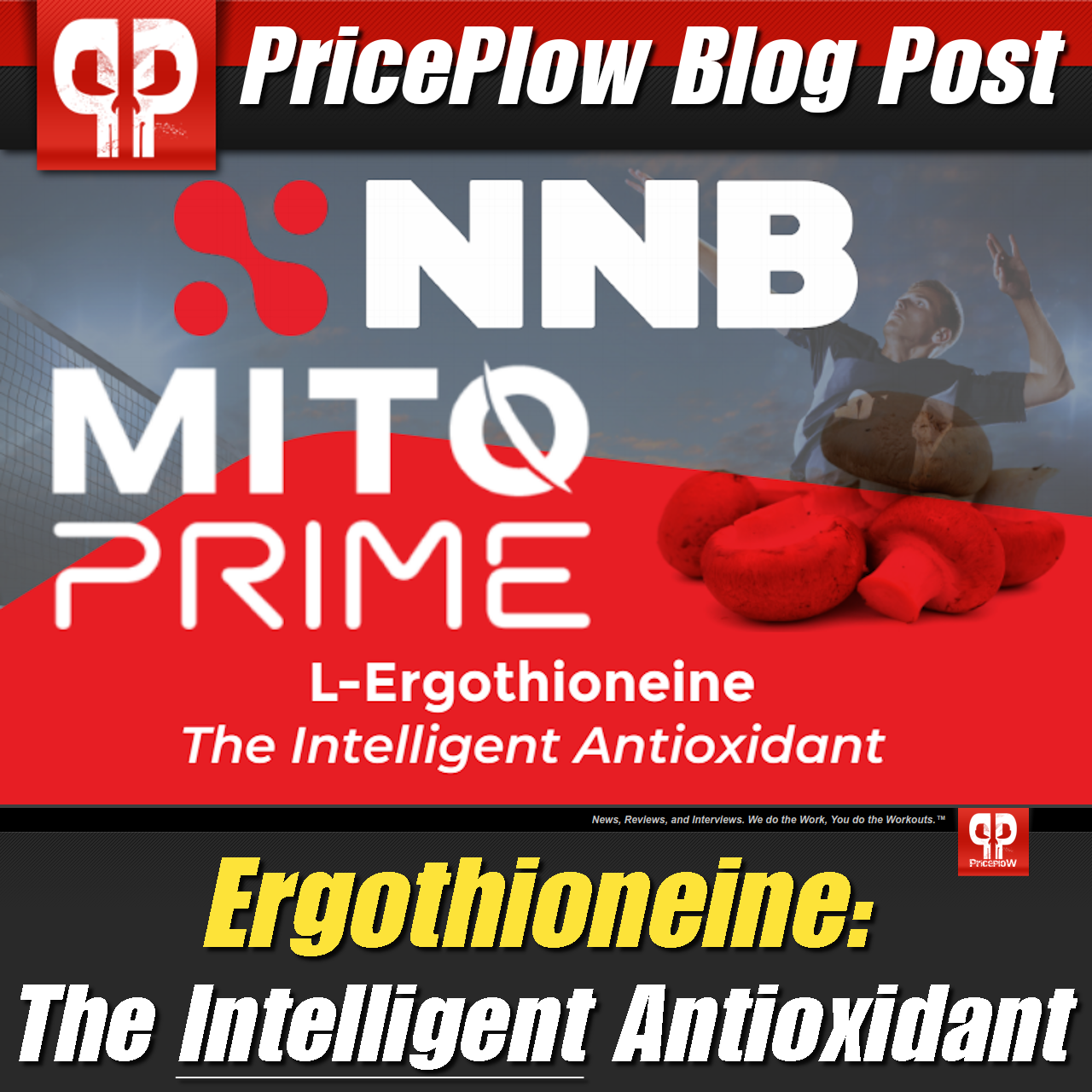
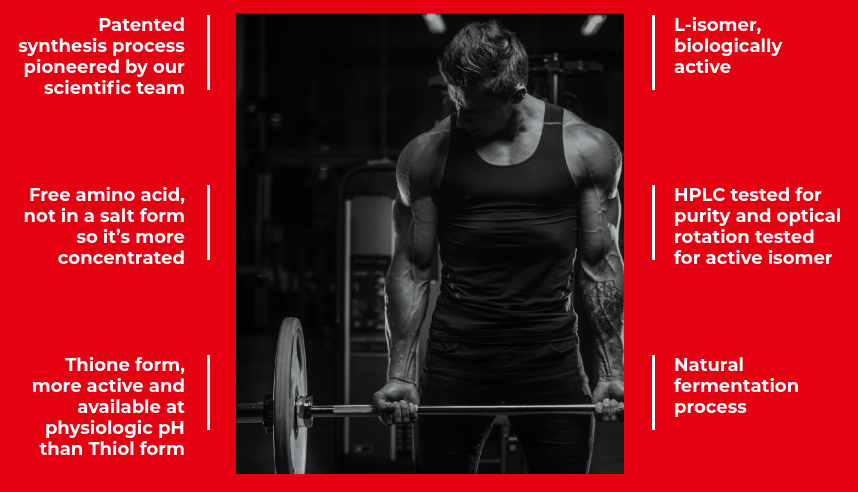
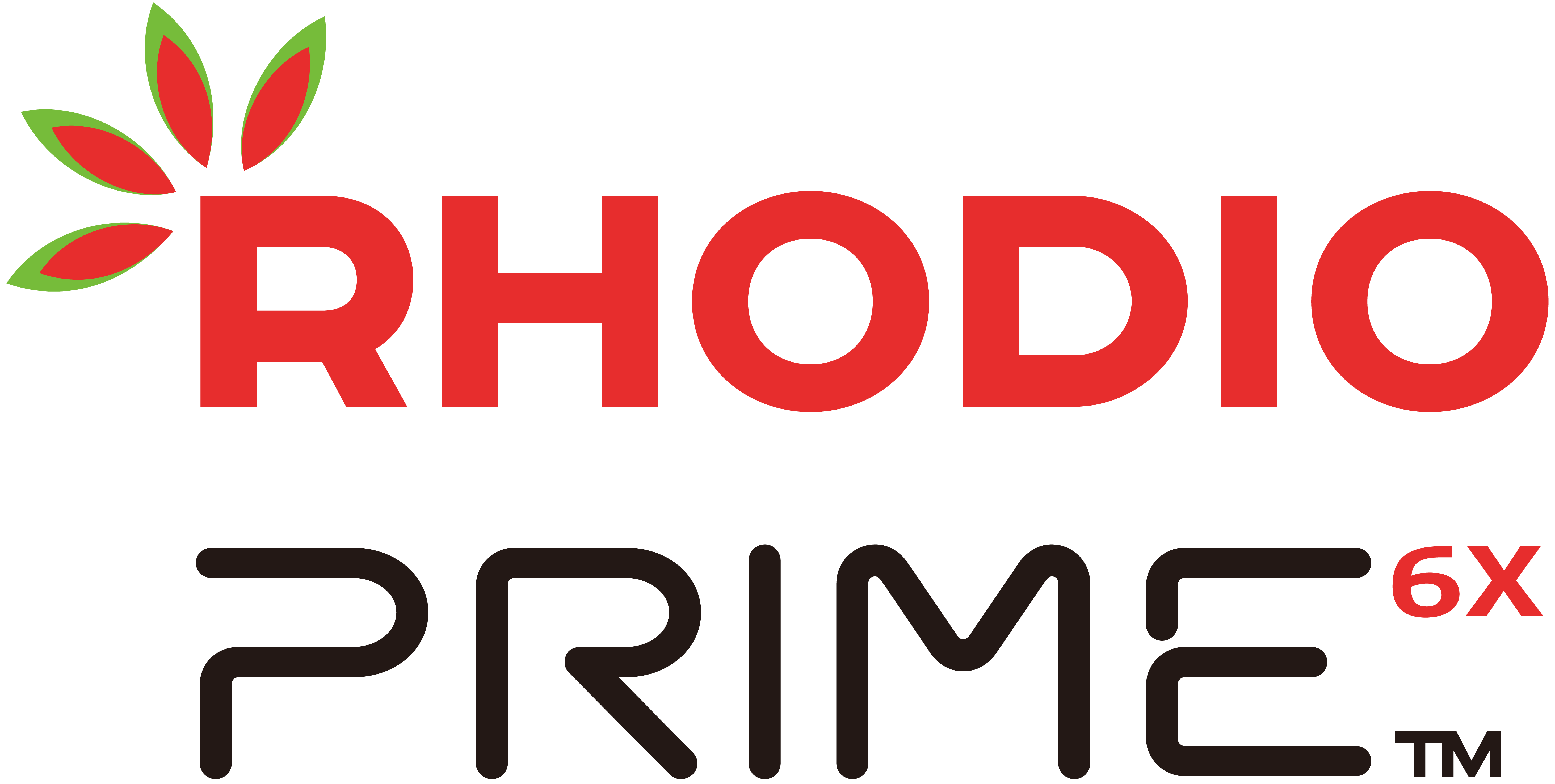
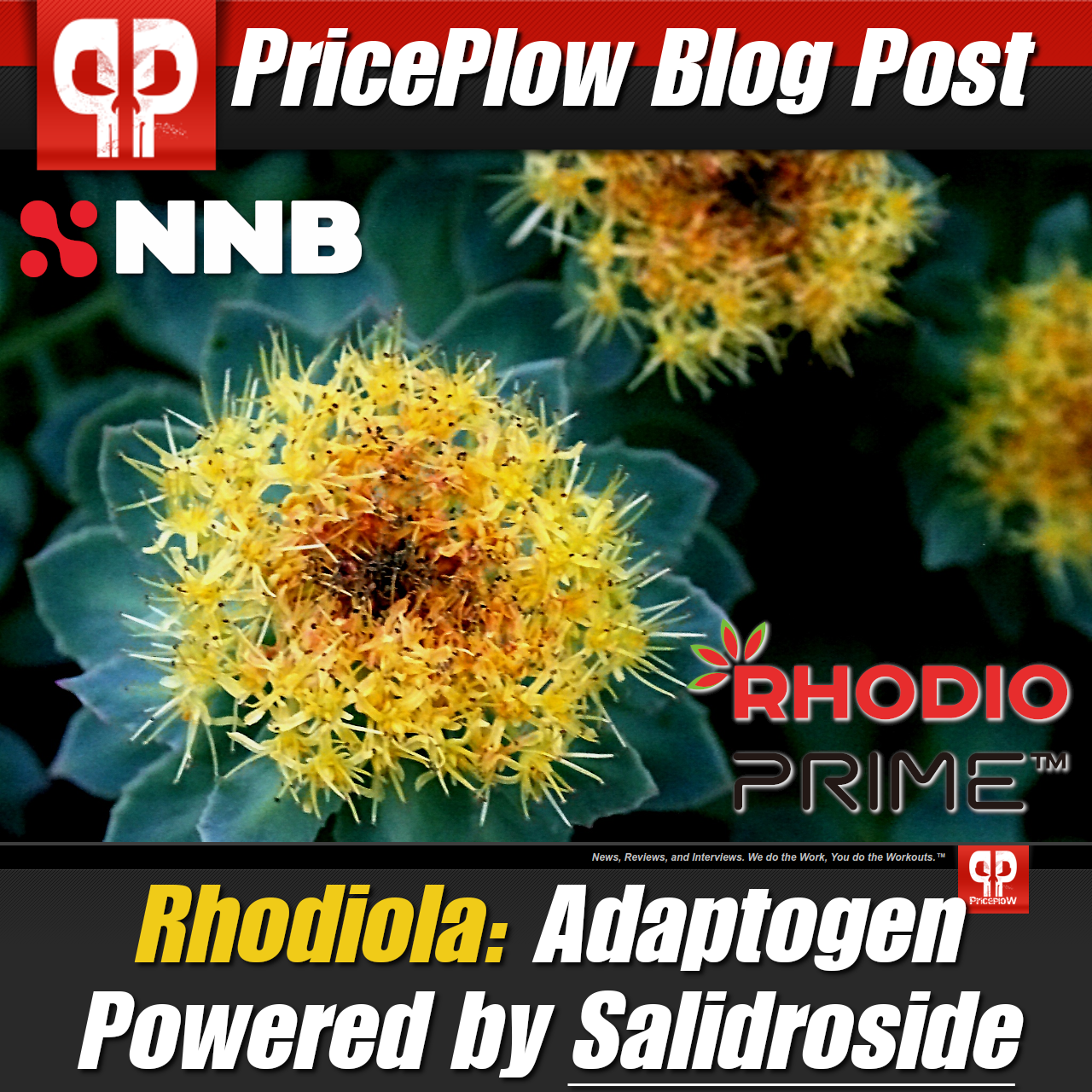
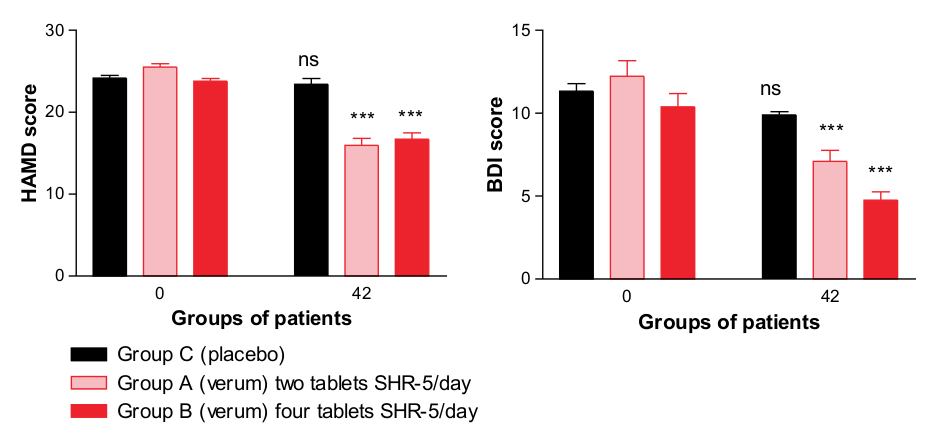
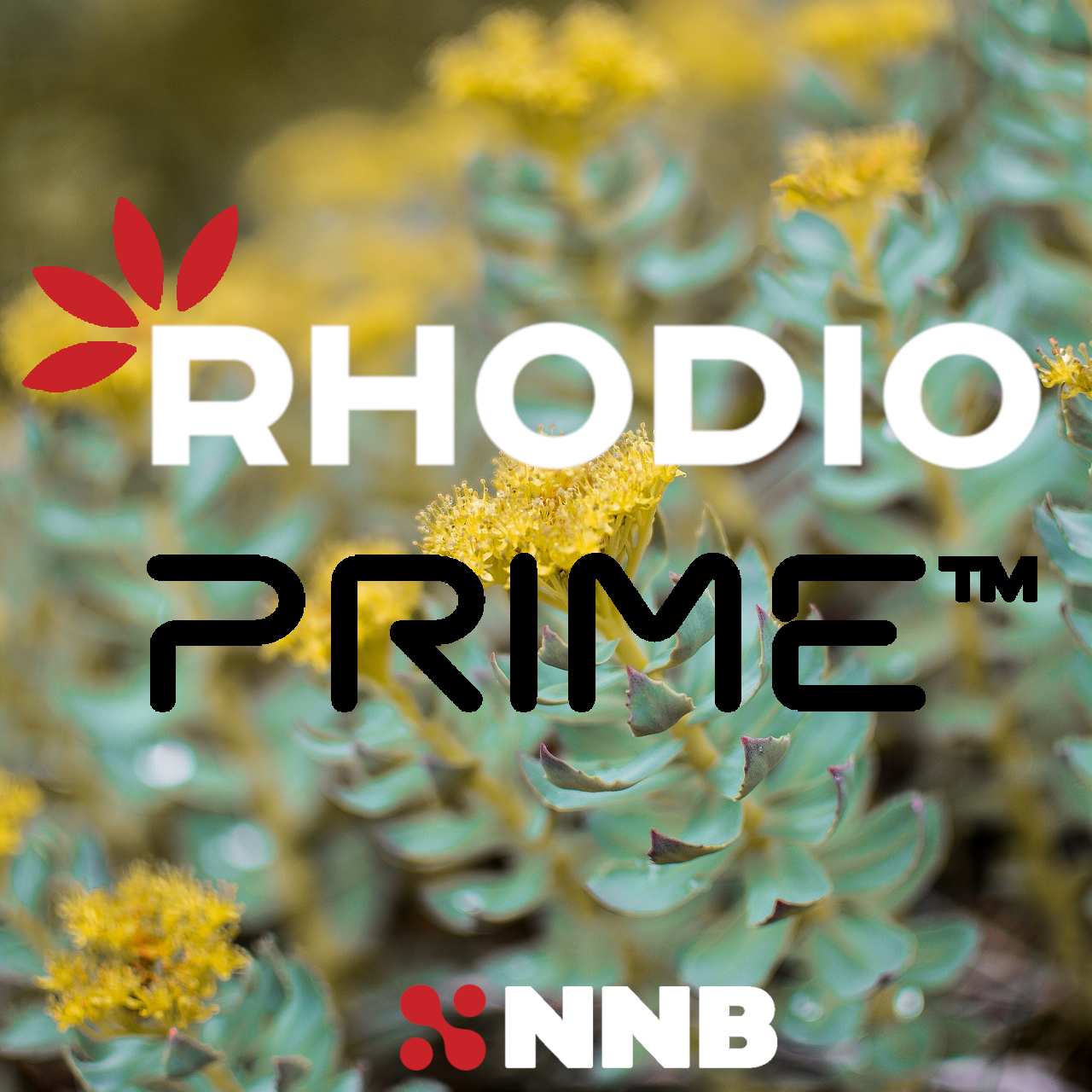
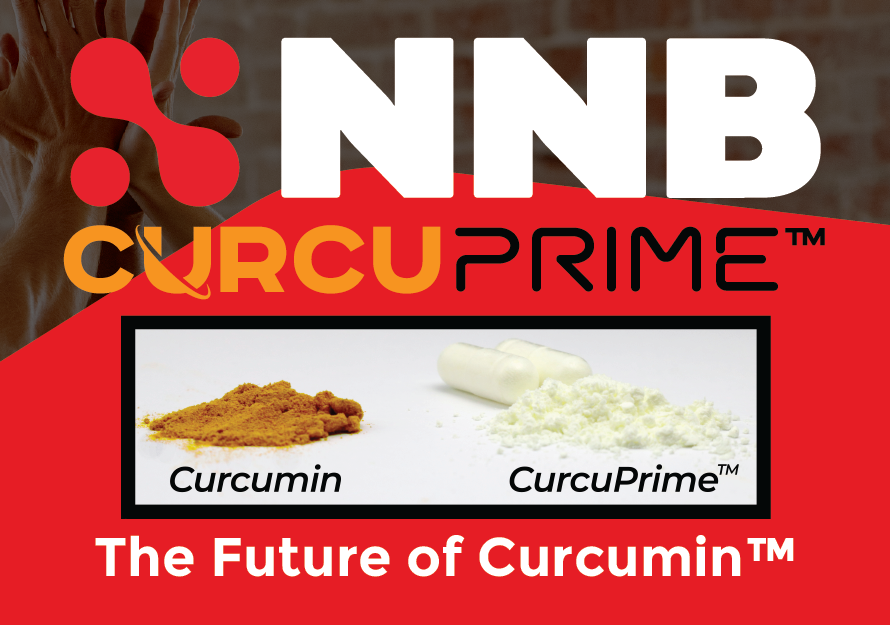
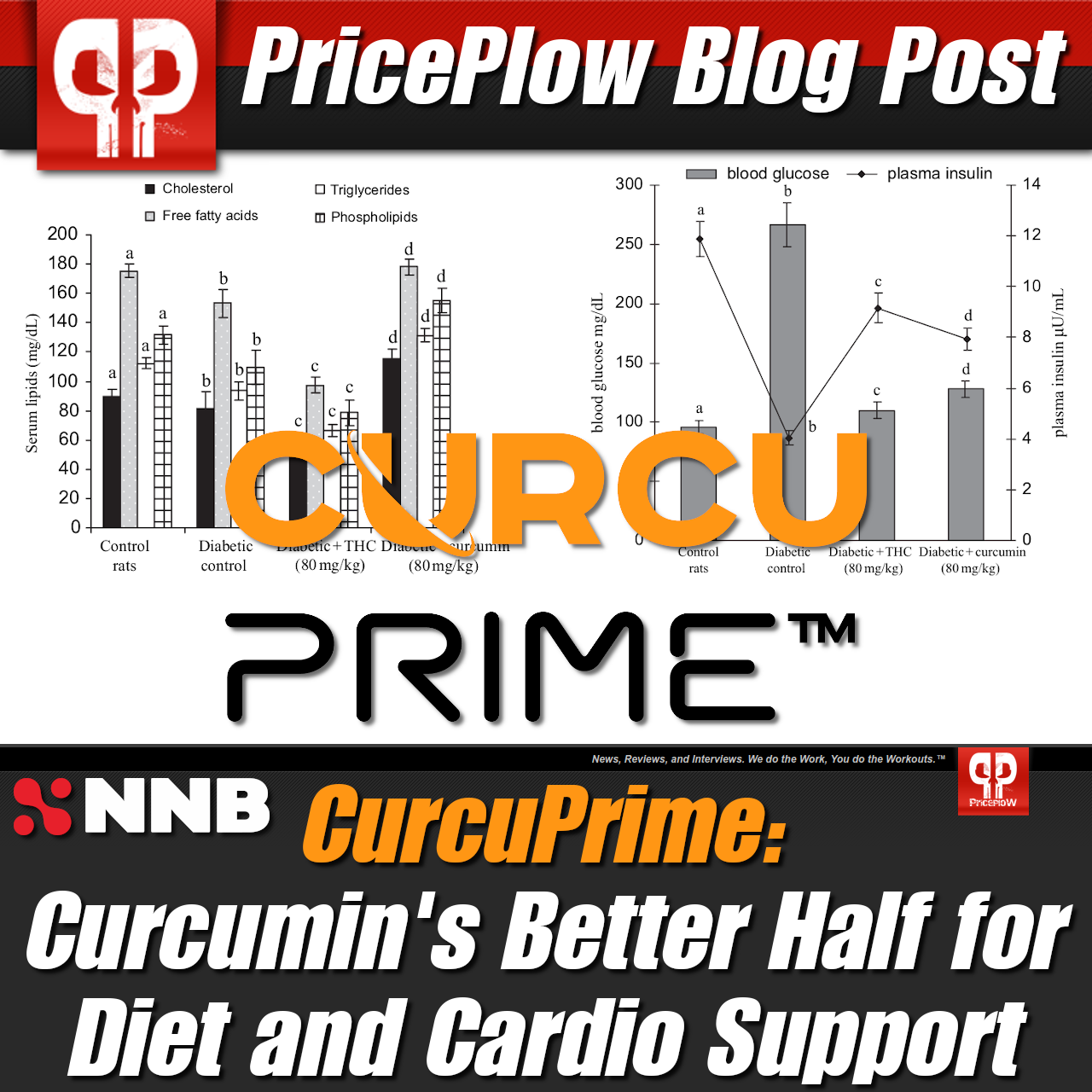
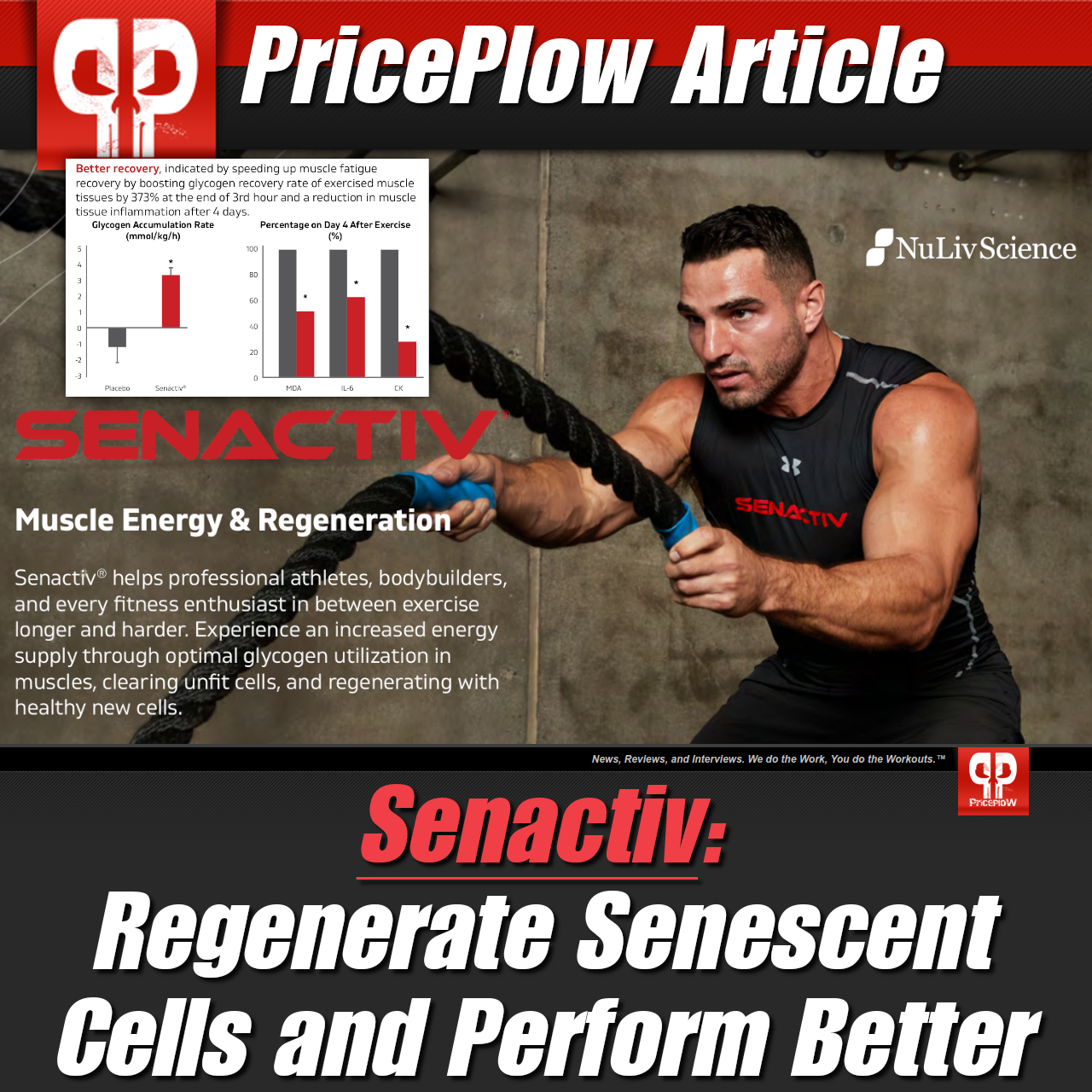


Comments and Discussion (Powered by the PricePlow Forum)